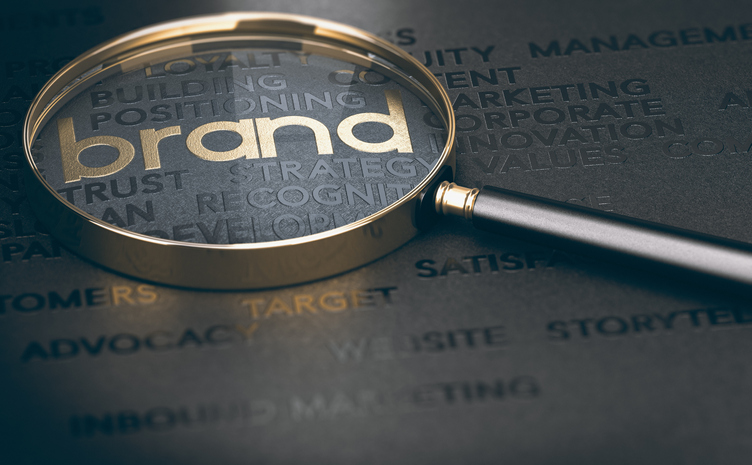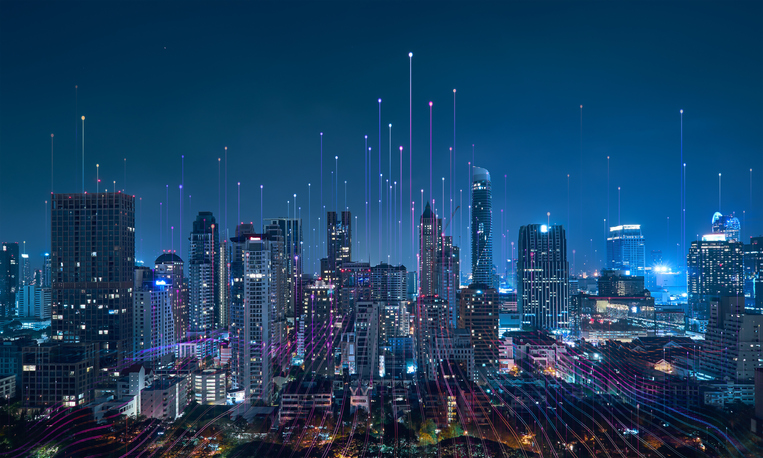How will transportation change in the years to come? Rapid transformations are coming to the ground and air transportation systems of major cities due to technological progress. Flying taxis and pods that transport passengers at 600 miles per hour seem like a million years away. However, many of these game-changing ideas are already in design, in testing, or only a few regulatory steps away from becoming a reality.
See Also: The Future of the Aftermarket Autoparts Industry
Big questions arise as the transportation industry changes. In the event of an accident involving an autonomous vehicle, who would be financially accountable for the damages? Which auto insurance policyholder is responsible, the driver or the automobile manufacturer? Currently, automobile makers pay for accidents so that the development of autonomous vehicles isn’t slowed down. This is expected to change once autonomous vehicles become more commonplace.
We investigate the potential societal effects of these developing technological trends.
In what ways might we see transportation evolve in the future?
Enhancements to transportation have the potential to make our lives better. They can lower levels of worry, financial burden, and even mortality. This article will discuss six new modes of transportation that are currently in the design phase.
First, the Maglev train
These bullet trains are propelled at high speeds by powerful electromagnets that cause them to levitate. This allows them to travel silently and smoothly at extreme accelerations. Due to the decrease in vibration and friction, they are also less prone to delays due to weather and mechanical issues.
Maglev trains are better for the environment because they do not utilize fossil fuels as an energy source. The “engine” that propels the train ahead is the magnetic field produced when electrified coils in the railing and the track are brought together.
There are currently six maglev lines open to the public as of 2018. All of these systems are based in Asia, but by 2020, maglev trains are expected to begin operating in the United States. In the first phase of its development, the first U.S. maglev train will run between Washington, DC, and Baltimore, with future plans to reach New York City.
Taxis that may take you wherever you want to go
At least twenty businesses have prototyped versions of this flying transportation system. Passengers would ride on miniature planes that hovered above the ground like taxis. With any luck, these air taxis won’t be too much of a bother to those on the ground and will provide safe, affordable rides (like $70 from Manhattan to Kennedy International Airport).
Both the price tag and government oversight are prohibitive for flying taxis to become mainstream. Given current market trends and the lengthy regulatory procedure still to come with the Federal Aviation Administration, it is not feasible to construct safe, durable aircraft at a reasonable cost.
Third, autos that don’t need drivers
Despite some hesitance on the part of consumers, it appears that driverless cars are the future. Concerns about safety and a lack of clear guidelines are at the root of the opposition. Several incidents involving Tesla’s autopilot technology have been documented, despite Tesla’s assertion that the likelihood of “crash-like events” is much higher with the autopilot turned off. Audi, Uber, and Volkswagen all have autonomous vehicles out and about, generating media attention.
Driverless automobiles aspire to remove the primary cause of fatality on U.S. roadways—distracted driving—by having robots instead of humans operate vehicles. Autonomous vehicles will be built to take fewer chances and have fewer accidents. These automobiles will not come cheap, though; estimates put their price at more than $100,000. Privacy worries, ethical quandaries, legal repercussions, and similar issues are but a few of the potential stumbling blocks.



















